11 Selenium Alternatives for Optimal Testing Output

Selenium, an open-source testing tools that functions as a browser automation API, finds extensive use in testing web applications. Selenium testing, undoubtedly the most popular QA best testing frameworks method, enables the creation of unique test automation scenarios compatible with various browsers and languages. However, it’s worth exploring whether the market offers tools similar to or competing with Selenium. These 11 Selenium alternatives aim to address any shortcomings of using Selenium alone, either by improving the efficiency and accessibility of automated testing or by meeting specific requirements not covered by Selenium. Here are 11 of the most popular Selenium testing alternatives available in case you need to review your test automation framework.
11 alternative tools of selenium
Cypress
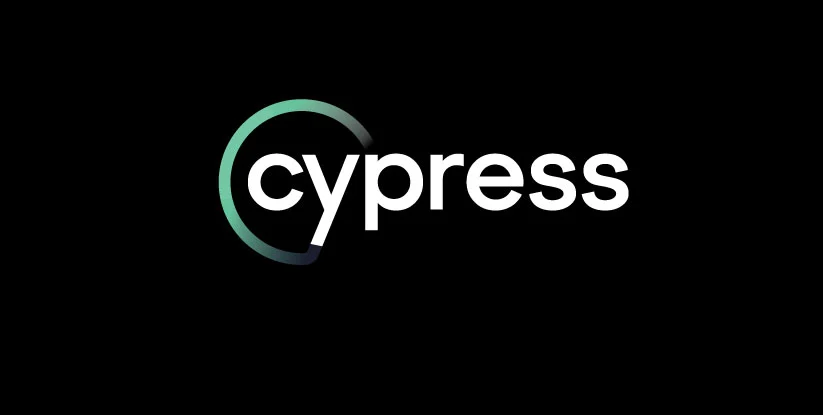
Cypress, a highly regarded as the first tool out of 11 Selenium alternatives, offers a compelling solution. This JavaScript-based test automation tool enables front-end developers and test automation engineers to script web test automation using JavaScript. Cypress has gained recognition as a test automation framework, offering an alternative to Selenium. Known for its developer-centric approach, Cypress provides rapid scalability, robust documentation, and a vibrant community. It streamlines the setup of the execution environment and relies on fewer connectors compared to Selenium. While Cypress can selenium replacement, they can also complement each other. Teams have the flexibility to use Cypress to enhance their overall test coverage and supplement their existing Selenium scripts.
Features:
- Implementing test cases in real-time and receiving immediate response
- Execution of commands within the browser automatic tracking of test files
- Built-in mocking
- Automated assertions and test reloading for modifications
- Access to test run snapshots
- Viewport sizing is checked for responsive web pages.
Katalon studio
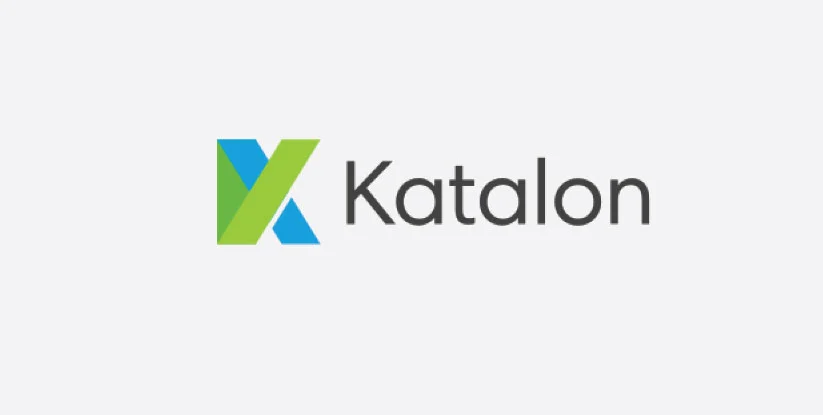
Katalon Studio emerges as a top-tier substitute for Selenium, seamlessly blending Selenium’s advanced programming with a user-friendly GUI to deliver an exceptional test automation UK testing solutions. This versatile tool enables testing across mobile applications, web applications, and RESTful services, leveraging technologies like Appium and Selenium.
Katalon Studio offers compatibility with CI/CD workflows through Jenkins, JIRA, and Git connectors. Users benefit from its robust reporting capabilities, allowing the customization of email notifications along with HTML, Excel, and PDF test reports. Additionally, Katalon Studio incorporates Katalon Analytics, an integrated analytics system offering comprehensive insights into test execution data through intuitive dashboards featuring graphs and metrics.
Features:
-
- Sophisticated programming abilities with built-in keywords
- Dependable test execution across several platforms
- Supports tdd/bdd testing, data-driven testing, and keyword testing.
- Creating a test environment quickly and easily
- Capabilities for helpful recording and keywords
- Implementation requires just little knowledge of coding.
- Centralized charts, reports, and dashboards that are easy to understand.
Robot Framework
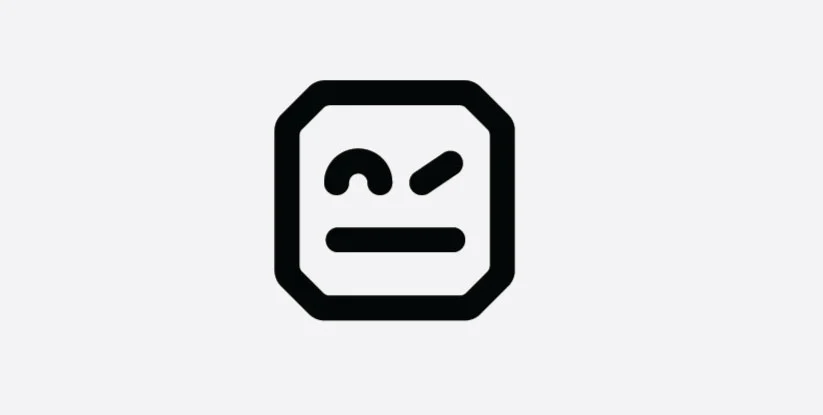 Robot Framework, an open-source alternative to Selenium, is primarily employed for acceptance testing and test-driven development. This one is the 3rd one out of 11 Selenium alternatives tools. Testers and developers alike can utilize Robot Framework to automate web and mobile tests through a keyword-driven approach. A distinctive feature of Robot Framework is its ability to remain independent of the target being tested. It achieves this by using libraries as an interface to interact with various systems under test. For testers experienced in keyword-driven testing, Robot Framework proves to be an easily comprehensible concept.
Robot Framework, an open-source alternative to Selenium, is primarily employed for acceptance testing and test-driven development. This one is the 3rd one out of 11 Selenium alternatives tools. Testers and developers alike can utilize Robot Framework to automate web and mobile tests through a keyword-driven approach. A distinctive feature of Robot Framework is its ability to remain independent of the target being tested. It achieves this by using libraries as an interface to interact with various systems under test. For testers experienced in keyword-driven testing, Robot Framework proves to be an easily comprehensible concept.
Features:
- English-language test scripts are simple to read and have widely applicable test libraries
- Independent data editor for tests
- Approach to behavior-driven testing
- Superior architecture
- Clear and thorough log reports
Ghost inspector

A Chrome plugin powers the browser-based framework called Ghost Inspector. The record/playback functionality of this program, which stands in for Selenium IDE, seems to work best with Ghost Inspector. It takes into account modifying codeless tests. Within steps, you may alter activities and selectors as well as include, remove, reorder, modularize, and reuse test levels. Most of this functionality doesn’t need any coding. With this tool, you can also enable data-driven testing, export and import Selenium tests, and transcribe JavaScript tests.
Features:
- Recording Extension for Tests
- Data-driven testing using spreadsheets.
- Visual testing through screenshot comparison, and customizable browsers, screen sizes, and geolocations
- Running parallel tests by default
TestCraft
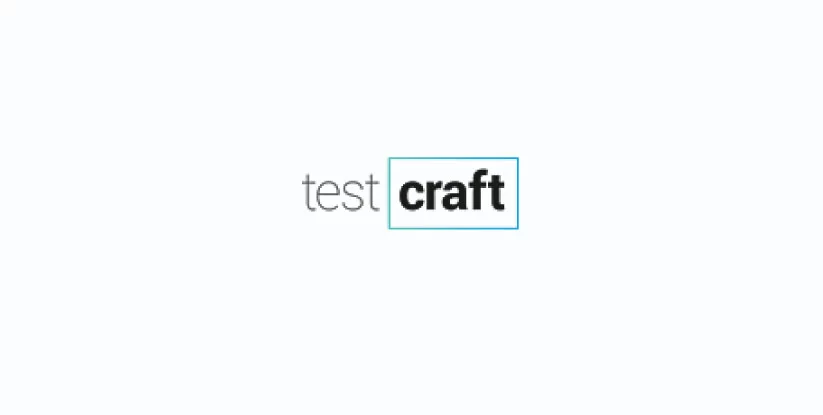
A framework for automating Selenium tests without writing any code is called TestCraft. It can quickly utilize and integrate community-created modules. Its outstanding visual modeling and cutting-edge AI innovations enable faster test production and performance while eliminating test support costs. The device significantly lowers maintenance expenses.
Without any code, testers may also create fully automated test scenarios. Users improve the general quality of their digital goods, deliver more often, and find defects more quickly. Its AI technology allows scripts to be automatically updated. Additionally, a tester can use this tool to quickly update substantial modifications.
Features:
- Variable-based testing
- AI-driven and without code
- Support for several platforms and little upkeep
- Runtime correction of flawed tests
- Adheres to the agile automation testing process.
- Access to images and videos of trouble spots
- Unicode conformity
Cucumber
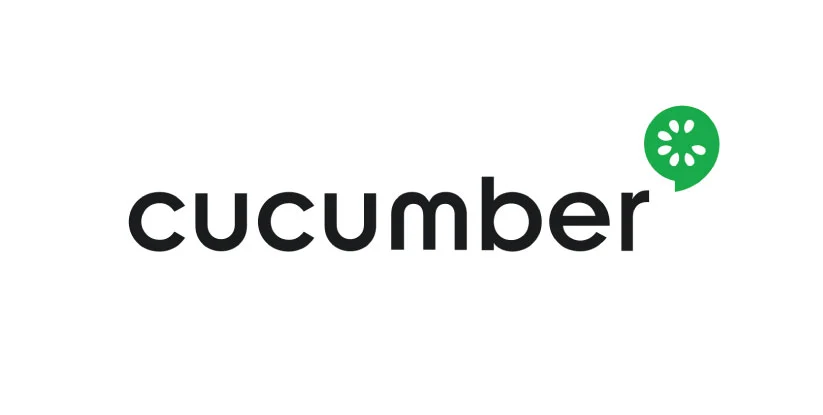
Between project team members who are technical and non-technical, cucumber breaks down any barriers. Fundamentally speaking, that is the secret ingredient in its sauce. Actually, Cucumber may function either alone or in tandem with Selenium as a Selenium substitute.
Its accessible end-to-end testing tools cases for humans promote collaboration between teams and do away with separate automated QA solutions. The Cucumber framework combines functional requirements, acceptance tests, and documentation into a single, continuously updated source for partners and testers. Living documentation also puts effective practices for managing needs into practice.
Features:
- Emphasizes end-user experience strongly
- Easy for business and non-IT teams to grasp
- Higher code reuse due to easy writing
- Simple infrastructure setup and execution
- Support from a large community improved maintainability and readability
Watir

A free and open-source alternative to Watir was created under the BSD license. Since the test scripts in this case are written in Ruby, they are flexible, especially for Ruby designers. Additionally, as Ruby is a very condensed language, it is quite easy to write and update the tests used with the Waitr tool. In this way, the test suits’ ongoing upkeep requires less expense. Additionally, the WebDriver technology, which can drive the most well-known systems out there, is the foundation of the Watir web driver, making Watir completely compatible with a variety of browsers.
Features:
- Use Watir to perform screenshot testing whenever and wherever you need to.
- Reuse the code as page object classes.
- Locate web components quickly.
- You may quickly assess the performance of the page using Watir.
- It doesn’t open the browser since it employs headless testing to gather the information on the command line.
Protractor
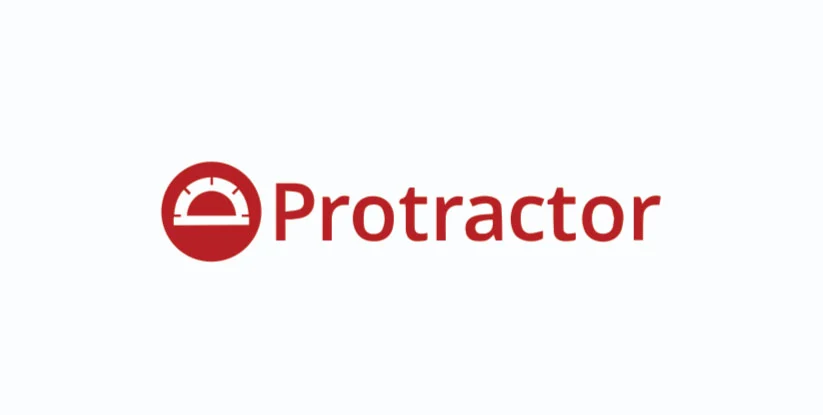 An open-source, free automation framework called Protractor was developed exclusively for automating AngularJS web applications. This tool supports all of the Selenium WebDriver attributes because it is based on JavaScript Selenium WebDriver. Selenium WebDriver and the testing framework may be set up with only one or two instructions. The protractor simulates a user’s experience while testing the software. A protractor is classified as an end-to-end testing structure, or E2E. This tool is a fantastic option since it uses JavaScript, one of the simplest programming languages to learn and use, making it especially useful for people without much programming experience.
An open-source, free automation framework called Protractor was developed exclusively for automating AngularJS web applications. This tool supports all of the Selenium WebDriver attributes because it is based on JavaScript Selenium WebDriver. Selenium WebDriver and the testing framework may be set up with only one or two instructions. The protractor simulates a user’s experience while testing the software. A protractor is classified as an end-to-end testing structure, or E2E. This tool is a fantastic option since it uses JavaScript, one of the simplest programming languages to learn and use, making it especially useful for people without much programming experience.
Features:
- Faster and more fluid step execution
- Consists of real-time user experience testing
- Built using javascript and Selenium web driver
- Clearly written syntax
- For angular apps, reliable scripting
- Framework and web driver are simple to install.
Subject 7

One of the top cloud-based Selenium substitutes is Subject7, which promotes test automation specialists thanks to its codeless functionality. Users find it simple to use because there are few technological complications. It includes manual testing, security and load testing, database access, and online, desktop, and native mobile applications. Testers like the web interface since it is simple to use. Other frameworks like GitHub, JIRA, Jenkins, etc. are seamlessly integrated.
Features:
- AI-powered Record and Play functionality
- Simple DevOps and agile infrastructure integration
- Effective reporting tools with fault tracking
- Design and execution of tests instantly
- A repository of test cases, both human and automatic
- The best choice for technical and non-technical user groups
Screenster
 Visual user interface testing for internet apps is automated by Screenster. Users can only view these displays using only one device. Screenster crashes the DOM while registering a UI test and matches certain UI elements to how they appear on the screen. As a result, a tester can verify that each web app component is working. A tool for testing web applications and websites for regression is called Screenster. Additionally, Screenster provides UI automation testing via a cloud-based platform. Additionally, compared to other Selenium alternatives, the Screenster program promises significantly higher performance.
Visual user interface testing for internet apps is automated by Screenster. Users can only view these displays using only one device. Screenster crashes the DOM while registering a UI test and matches certain UI elements to how they appear on the screen. As a result, a tester can verify that each web app component is working. A tool for testing web applications and websites for regression is called Screenster. Additionally, Screenster provides UI automation testing via a cloud-based platform. Additionally, compared to other Selenium alternatives, the Screenster program promises significantly higher performance.
Features:
- Interaction with other online apps and services without interruption
- Verification of material automatically and visual baselines
- Users are empowered by the codeless capability to avoid writing any code at all.
- Automatic timeout control
- Managing self-healing tests
- Quicker than a lot of other tools
- An easy learning curve
Web driverIO
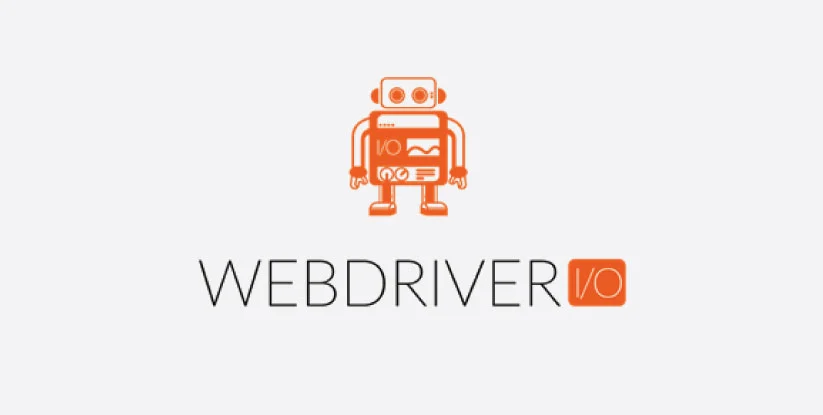 An excellent Selenium substitute that provides a simple and thorough process for creating and implementing Selenium-driven test cases is WebdriverIO. It is open-source testing tools, free to use, and has a reliable API that enables testers to interact with web components and perform the appropriate action. The purpose of this framework is to automate contemporary mobile and online apps. An application built using NodeJS is used to test JavaScript/TypeScript-based applications.
An excellent Selenium substitute that provides a simple and thorough process for creating and implementing Selenium-driven test cases is WebdriverIO. It is open-source testing tools, free to use, and has a reliable API that enables testers to interact with web components and perform the appropriate action. The purpose of this framework is to automate contemporary mobile and online apps. An application built using NodeJS is used to test JavaScript/TypeScript-based applications.
Features:
- Testing across platforms and browsers
- Support for a variety of browsers and systems
- Enhanced internal instructions for quicker outcomes
- Infrastructure that is simple to put up
- Community plug-ins built-in
- Resilience, adaptability, and scalability
- Connection with other testing frameworks that is seamless
Are you ready to get started with automated testing?
There are several tools available but we choose best 11 Selenium alternatives available to developers and testers, each offering unique features. What’s of utmost importance is selecting a tool that aligns with the organization’s goals and testing requirements. Web application automation testing tools come in various forms and play a crucial role in the creation of high-performance online applications. By leveraging these tools, you can efficiently best automated testing tools to replace Selenium and gain an advantage in your testing cycle.If you require assistance with this process, please don’t hesitate to reach out to us at DigitilizeWeb. We provide not only testing services but also comprehensive app development solutions. Get in touch with us without delay!

